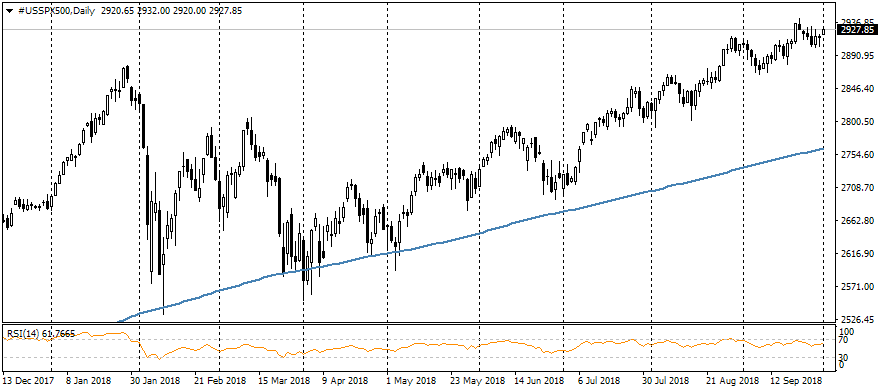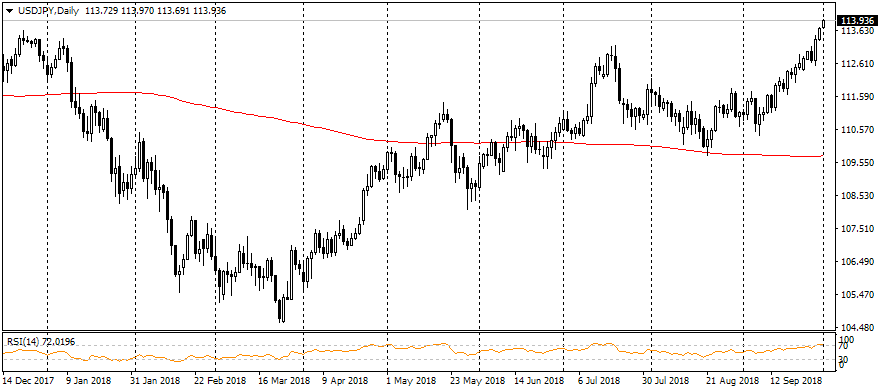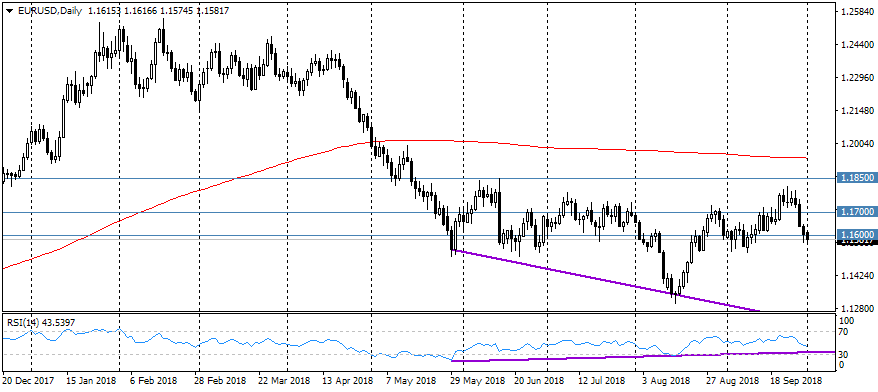FxPro: Trade disputes mirror in economic data
October 01, 2018 @ 10:05 +03:00
The Canadian dollar and Mexican peso update local highs to the dollar after reports on signing of 3-sided agreement with the USA on the NAFTA deal renewal. The markets have positively reacted to this news as a sign that the glow of trade disputes can go into decline. At the opening on Monday, the Canadian dollar has added 0.8% to 4-month highs to the US dollar after a strengthening by 1.0% on Friday, when market participants actively laid this favorable outcome in quotes.
The Mexican peso adds 0.6% on Monday, rising to 2-month highs to the US dollar. At the same time, the American currency remains inclined in the direction of growth to the majority of competitors from the middle of last week due to optimistic forecasts of the Fed. The Japanese yen lost ground, dropping to 11-month lows down to 113.95 per dollar, which is also a sign of recovery for the demand for risks in global markets. The EURUSD pair has returned to the area below 1.16 dollar. GBPUSD is trading in 1.3020 area, desperately clinging levels above an important psychological mark at 1.30. The futures for American S&P500 add 0.5% at the start of trading in the new quarter.
At the same time, the demand for risks is recovering very selectively. Chinese shares has lost 0.1% at the start of trades in the new month on reports of a decline in China’s Manufacturing PMI to 50, the level that separates the growth and the decline of the business activity in the second largest global economy.
It is quite possible that in the coming quarter the topic of world growth will prevail in the markets: Asian countries could give further and more worrying signals of sharp deceleration of growth following China. The slowdown may also touch upon Britain, where the negative impact of Brexit manifests itself.
Besides, the main trend for the United States and Europe may be a rising inflation pressure, which will increasingly raise the issue of the need to tighten the policy of the central bank, as the recovery of domestic demand goes hand in hand with the rise of inflationary pressures due to trade disputes.










